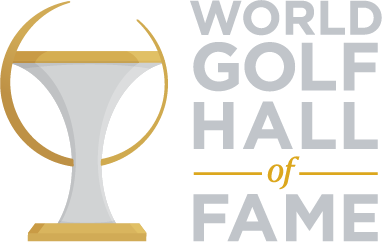Because of an ultra-efficient manner of play and a quiet personality that contrasted with his more famous contemporaries, Billy Casper is perhaps the most underrated star in golf history.
Between 1956 and 1975, Casper won 51 times on the PGA TOUR, a figure surpassed by only Snead, Nicklaus, Palmer, Hogan and Nelson. He won two U.S. Opens and a Masters. He was a member of eight Ryder Cup teams, winning more points, 23.5, than any other American player. He won the Vardon Trophy five times, a record matched only by Lee Trevino and Tiger Woods. He was the PGA TOUR Player of the Year in 1966 and 1970.


